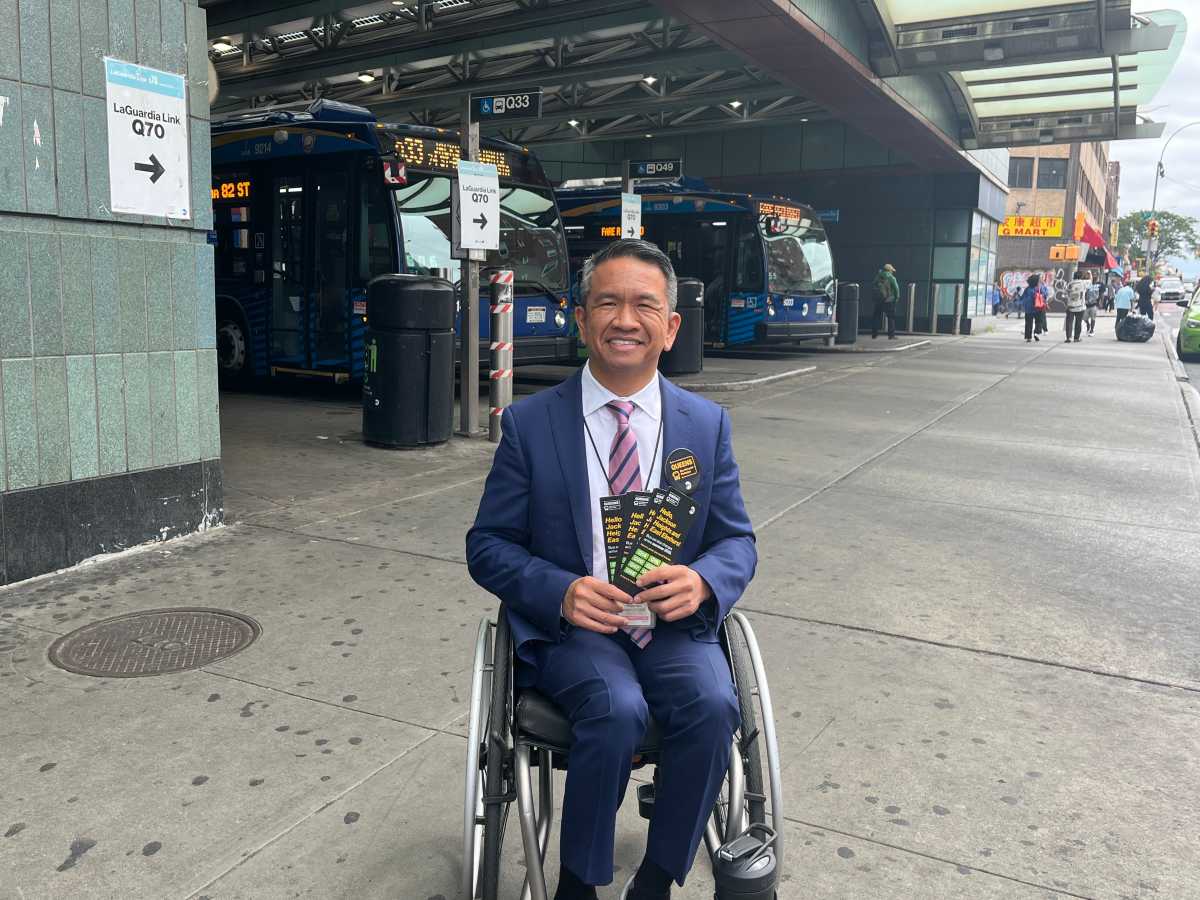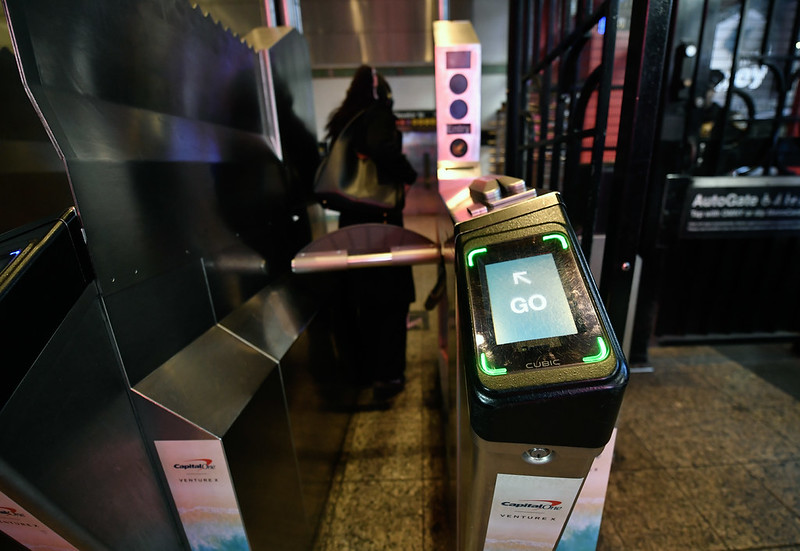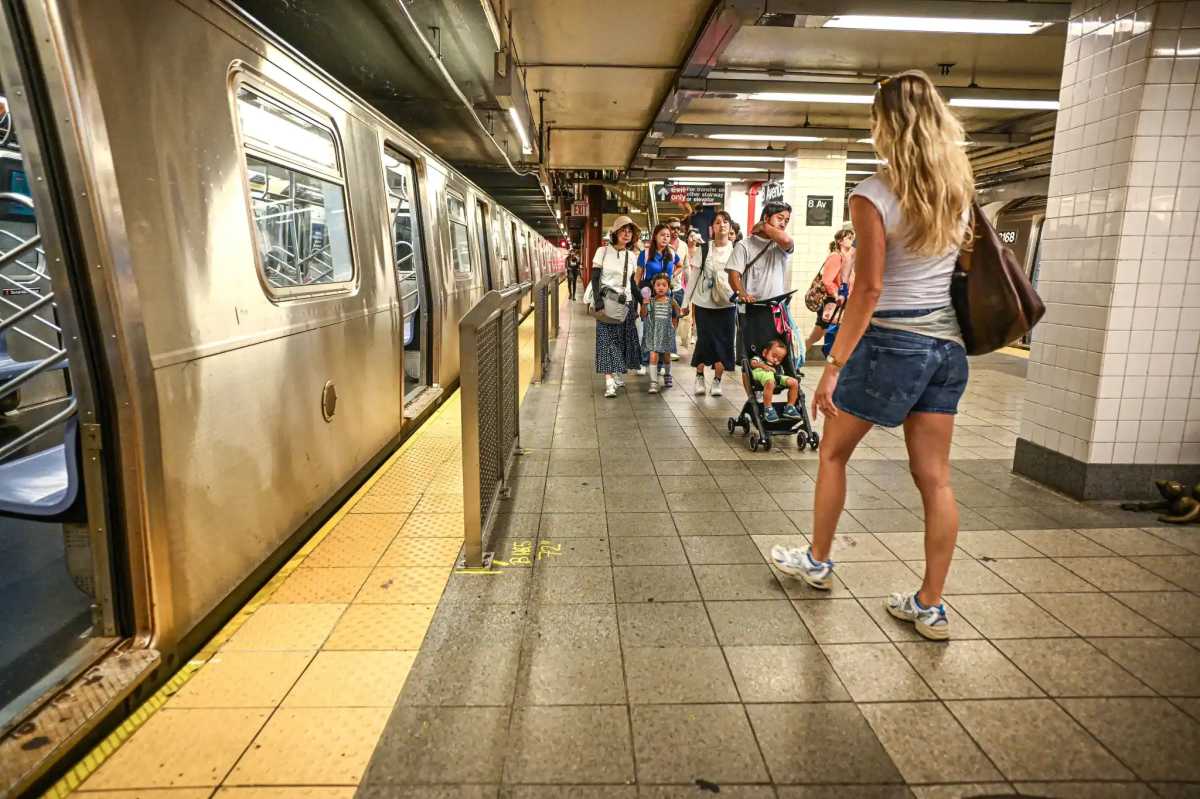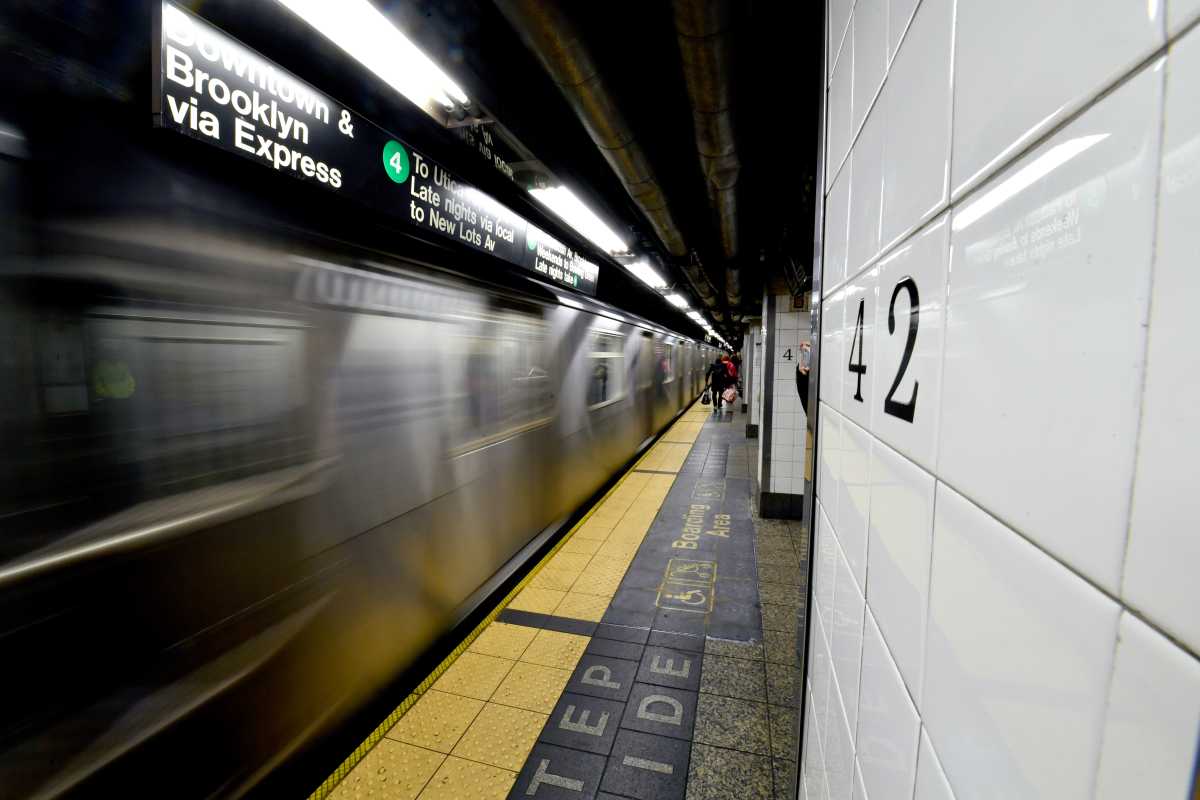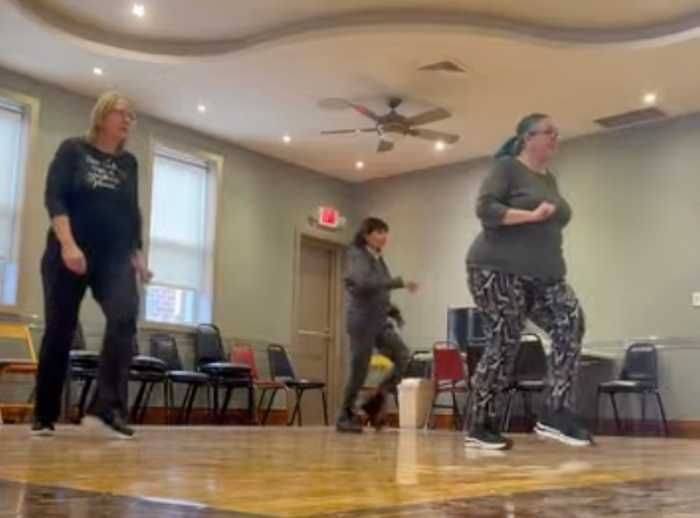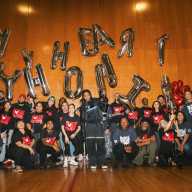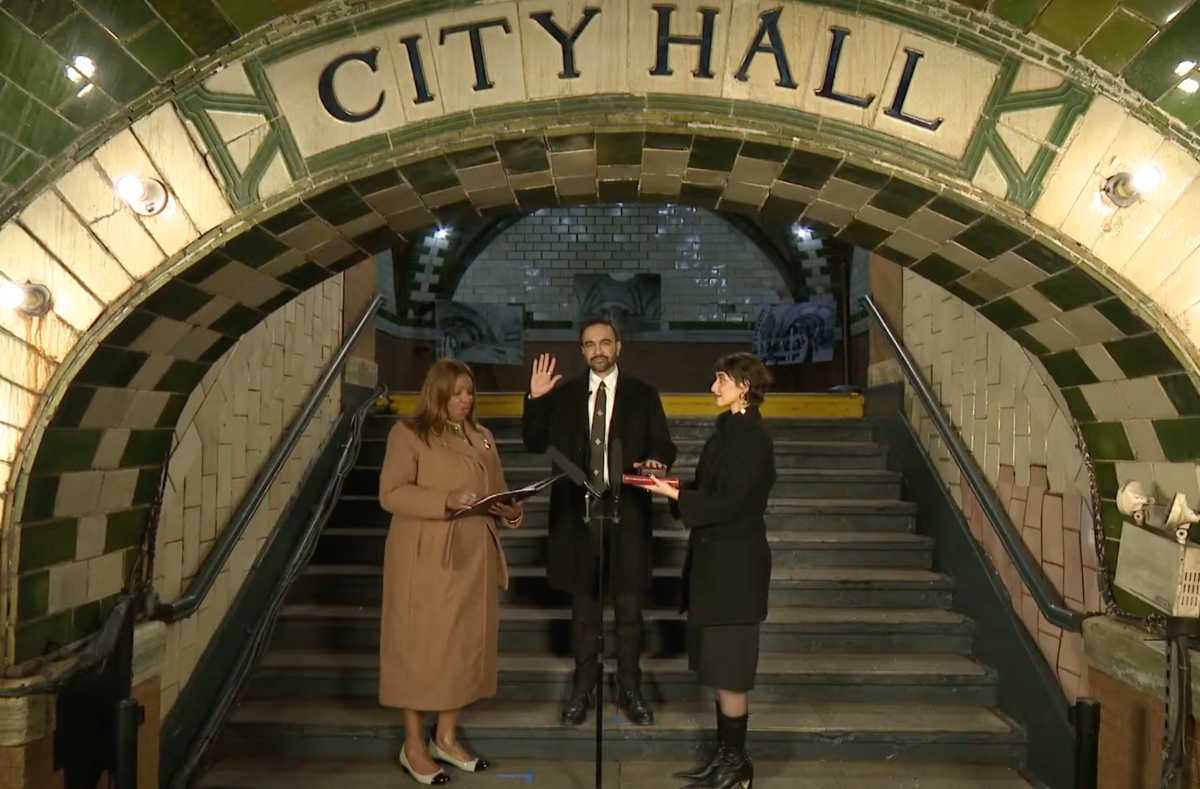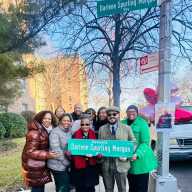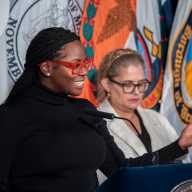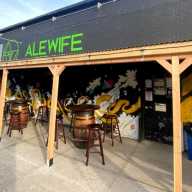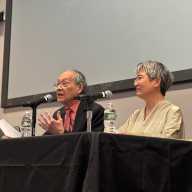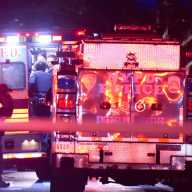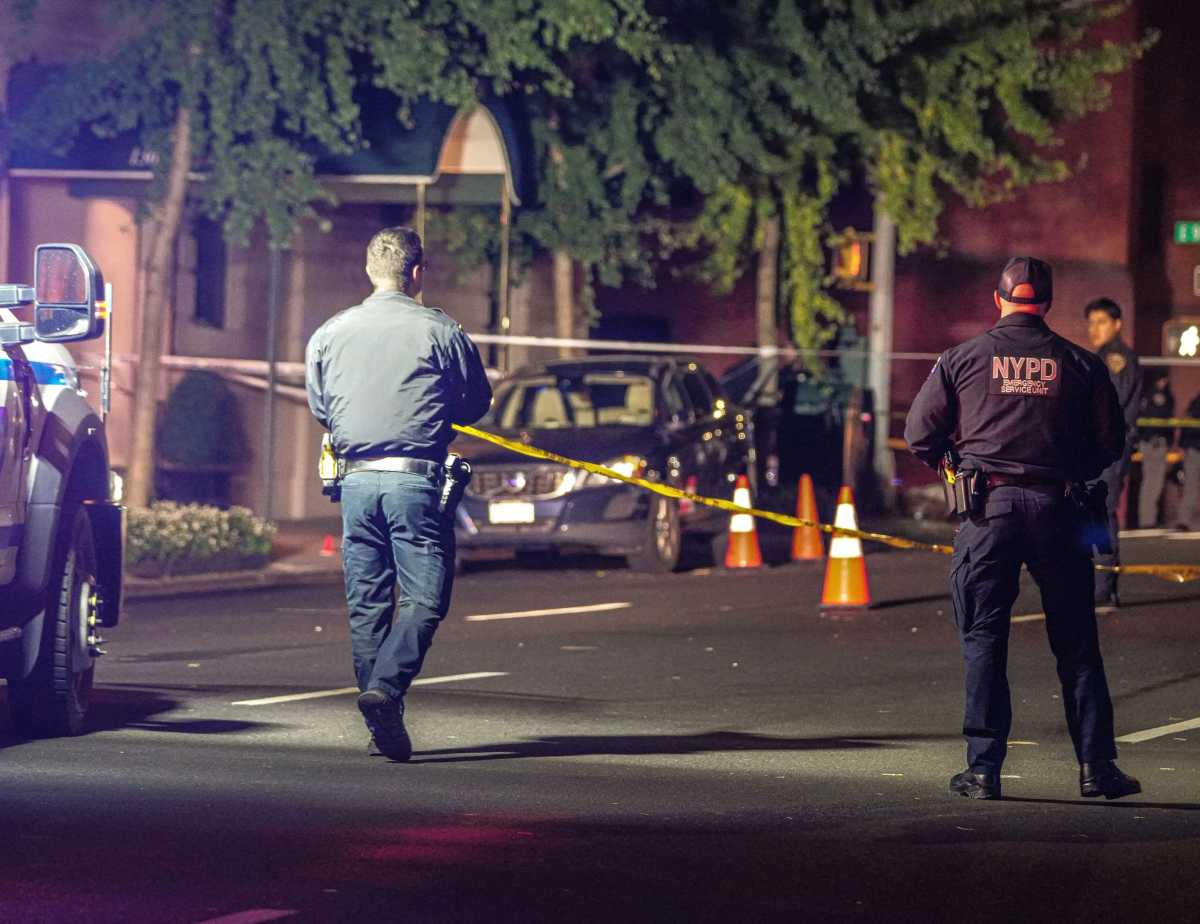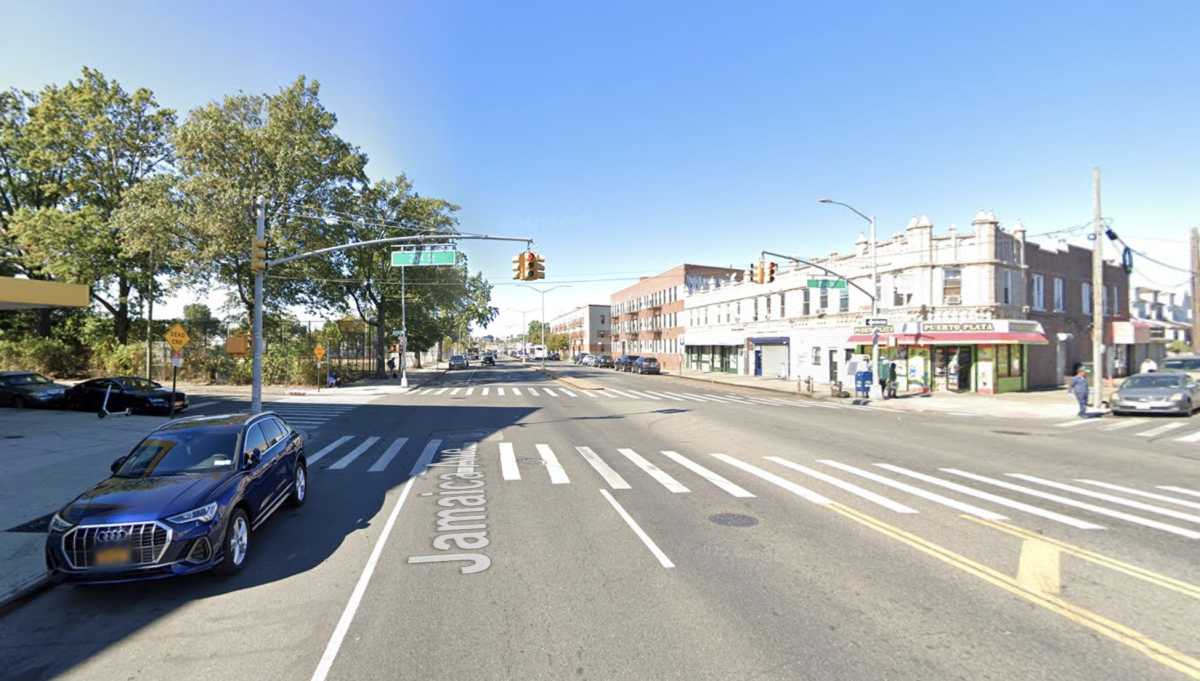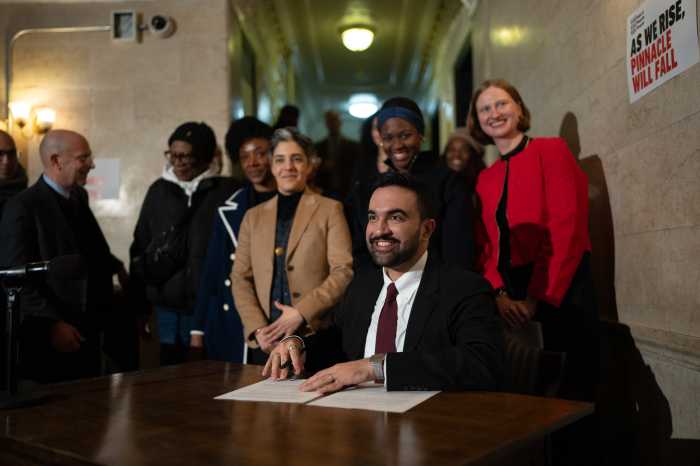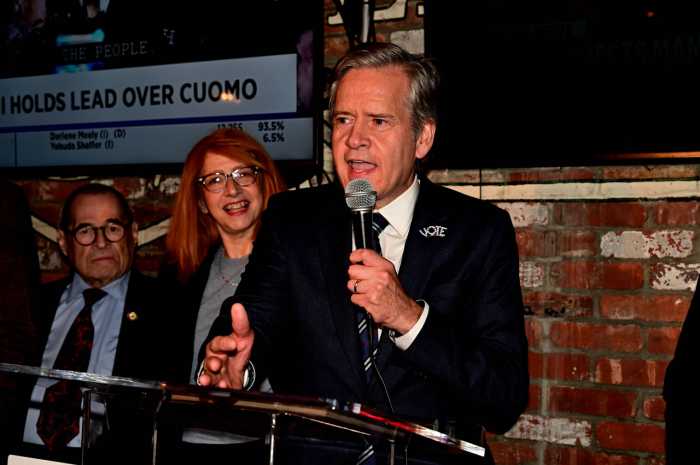The MTA has relaunched its Customer Ambassador Program on Monday, Aug 18, continuing the largest customer outreach program in the transit agency’s history. QNS spoke exclusively with acting NYCT Senior Vice President of Buses Chris Pangilinan outside of the Jackson Heights/74 St-Broadway subway station about the second phase of the outreach program and the Queens Bus Network Redesign.
The Customer Ambassador Program will run until Friday, Sept. 1 and over the course of four weeks, it will cover 58 locations, with ambassadors stationed at major transit stations, including Queens Plaza, Jackson Heights/74 St-Broadway.
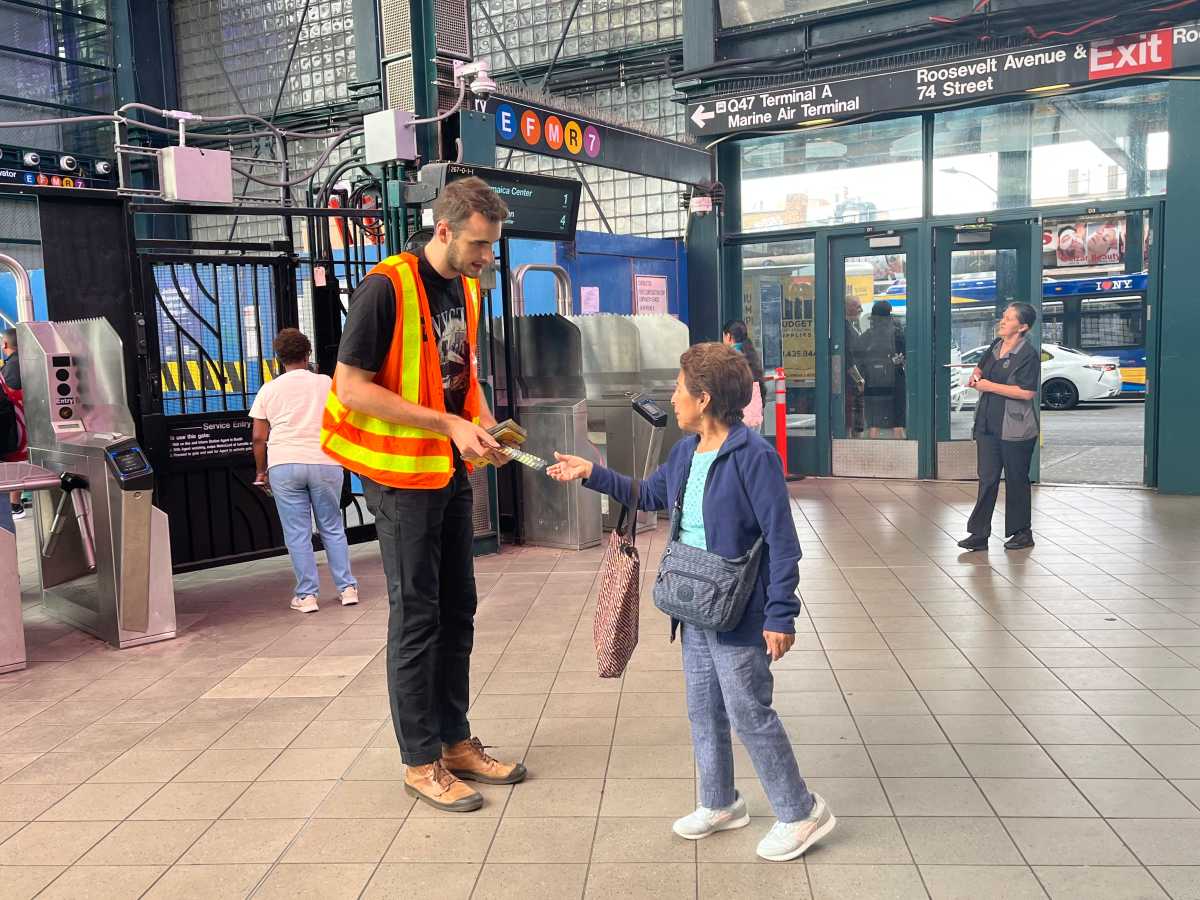
Phase 2 of the Queens Bus Network Redesign will take effect on Sunday, Aug. 31 and Tuesday, Sept. 2, for bus routes that don’t operate on Sundays. The final phase of the redesign will focus on 38 routes in western Queens, including the neighborhoods of Long Island City, Jackson Heights, and Astoria. Other neighborhoods included in the final phase include Woodhaven, Howard Beach and Far Rockaway.
The first phase of the redesign, which launched on Sunday, June 29, encompassed nearly 70% of the plan’s changes and was concentrated in neighborhoods in eastern Queens, including Flushing, Fresh Meadows, Jamaica and Ridgewood. The final plan includes 124 routes, including 94 local routes and 30 express routes.
Since the launch of Phase 1 of the bus network redesign, Pangilinan said customers have felt positive about the changes. “We’ve been hearing alot of positive feedback about how much faster the bus routes are going, especially the Q111. We’ve seen it go 16% faster than it was in its previous iteration,” he said. Pangilinan said once the entire network is updated by September, the MTA will have even more clarity on how the redesign will affect riders throughout the borough.
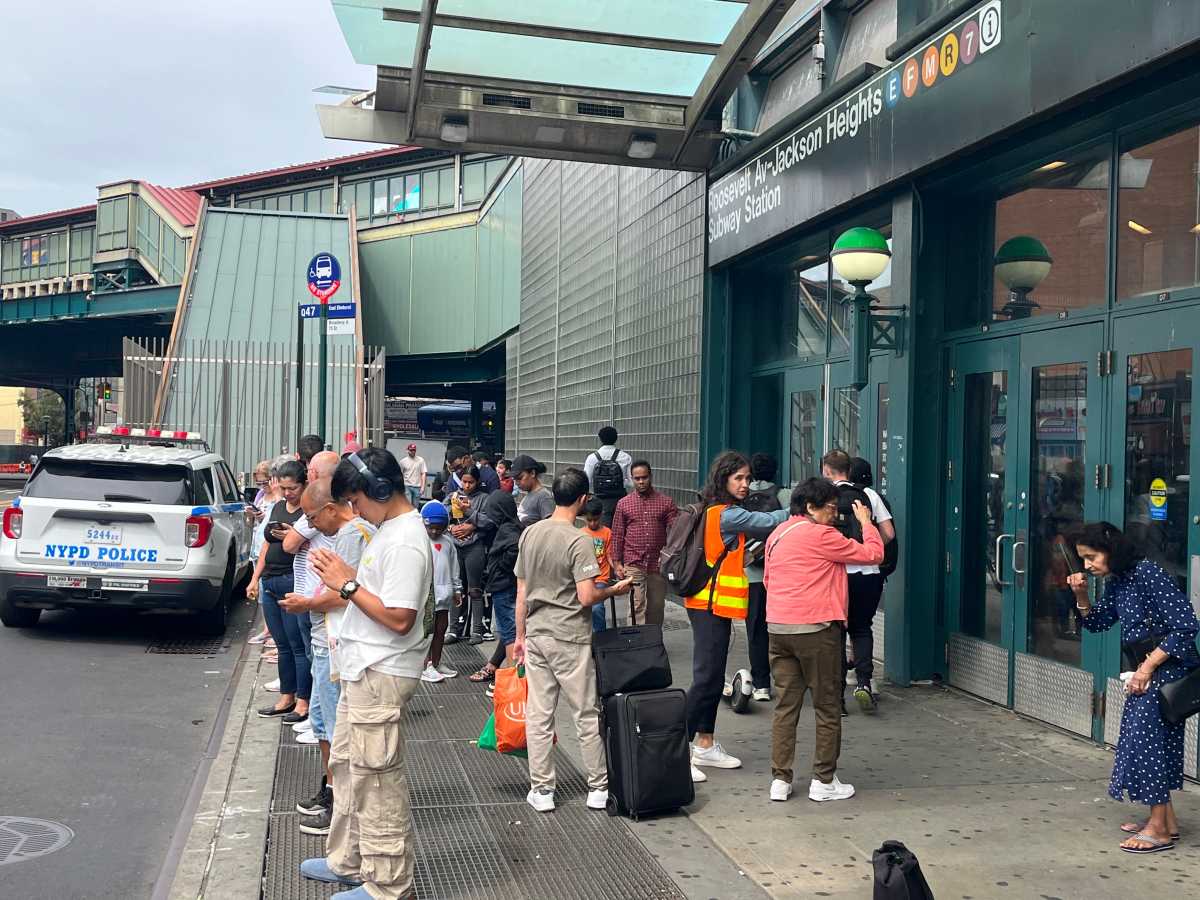
Pangilinan said that in reimplementing the Customer Ambassador Program, the agency learned from the first phase how important it is for riders to get in-person information about the redesign.
“ One of the biggest things that we took away is that while you can put everything online and talk about it in community meetings, nothing beats talking to people in person. And so that’s why we’re emphasizing this again for Phase 2, to make sure that we can make all the connections to people,” he said.
Pangilinan added that this go-around is unique in that it coincides with back-to-school season starting on Sept. 4. The MTA is working with the DOE to inform parents and students about Phase 2 of the redesign to ensure they are prepared for the transition once the school year begins.
Phase 2 introduces four new rush routes, including the Q10 in Kew Gardens to JFK, the Q9, Q35 and Q40. This phase will also shift in focus to connecting residents to subway stations, compared to Phase 1 in northeast and southeast Queens, which better connected residents to the Flushing and Jamaica LIRR.
“ We’ll be reconfiguring some of the routes to help get people to Long Island City faster, avoid the traffic on the Queensborough Bridge, and help people connect to either the 7, N, or the W for Queens Plaza for rapid connections into Manhattan,” Pangilinan said.
He emphasized that the Queens Bus Network Redesign is a monumental years-long effort that is impacting over 800,000 bus riders.
“This is a multi-generational change here. You When we designed our bus network in the [19th century], it was around street cars, and Queens was a very different borough back then,” he said. “With phase two coming in, this will complete the whole network. I’m very excited for everyone here in Queens to try out the new network, whether they’re going to work, going to school, or going to play.”
Pangilinan also encouraged bus riders to give their feedback about their transit experience.
“Our goal is to make it better for everybody to get around, faster travel, more connections, and it’ll be continuously improving,[we’re] hoping to deliver better service every day,” he said.
MTA customers can use the Trip Planner to preview their trips with the changes in effect. Once the redesign is fully rolled out, customers are encouraged to use the MTA app to navigate the new network. The app provides live bus updates, including arrival times, and the option for customers to reach out to the customer care team via the chat feature with any questions they may have.
To find out if and when a specific route has changed or will change, customers can check out the Project Phasing Guide or the Route Look-Up Tool. The latter allows customers to select any bus route from a drop-down menu to see detailed information. The tool also works with Google Translate, enabling customers to read information about their specific route(s) in their preferred language.

